The 10 Hottest Google Cloud Tools Of 2021 (So Far)
CRN highlights some of the top new Google Cloud products and services to watch this year.
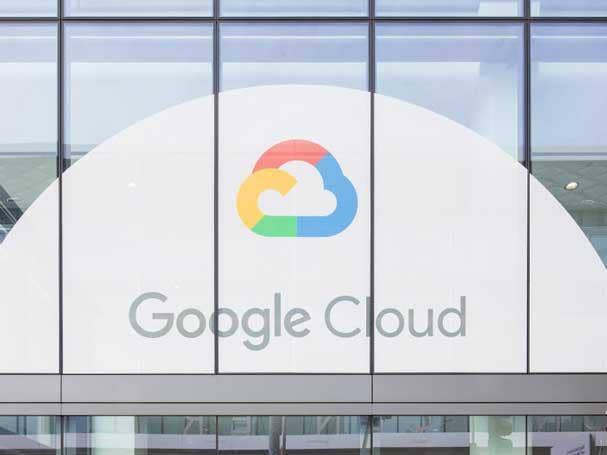
See the latest entry: The 10 Hottest Google Cloud Tools Of 2022 (So Far)
Google Cloud continued to expand upon its big data, analytics and machine learning strengths this year, with new products and services ranging from an artificial intelligence platform to help developers more quickly build and deploy ML models to a database migration service for customers to more easily migrate their data to its cloud platform.
The No. 3 cloud computing provider also is providing — in preview for now — access to the daily top 25 Google Search terms in BigQuery, its analytics data warehouse.
And continuing with its focus on delivering industry-specific offerings to enterprises, Google Cloud released a purpose-built manufacturing solution to improve production quality, a financial services solution for licensed market data discovery, access and analytics on Google Cloud, and its new Cloud Healthcare Consent Management API.
Here’s a look at those offerings and others that have made CRN’s list of the hottest Google Cloud tools so far this year.
For more of the biggest startups, products and news stories of 2021 so far, click here.
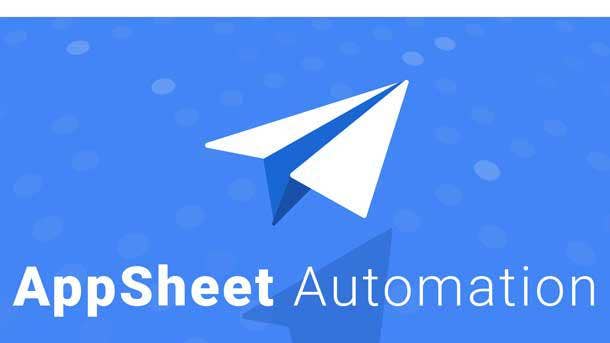
AppSheet Automation
AppSheet Automation is an extension of AppSheet, the no-code development platform that Google Cloud acquired with its 2020 purchase of the same-named Seattle startup.
AppSheet Automation, launched in general availability in April, provides integrated workflow automation capabilities that enable users — including those without coding skills — to automate common business processes and document-based workflows.
The new tool offers intelligent process authoring and runtime with rich connectivity, allowing users to author and execute their business processes using entities. It also introduces new concepts such as bots and processes to enrich the core AppSheet platform. Other features are smarter extraction of structured data from documents and data eventing support for Salesforce, Google Sheets and Google Drive.
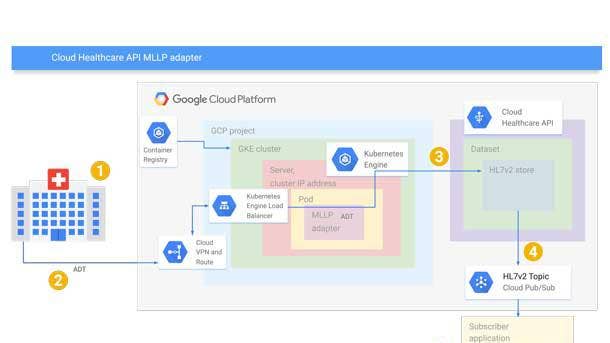
Cloud Healthcare Consent Management API
The Cloud Healthcare Consent Management API became generally available in March. It helps healthcare application developers and clinical researchers securely scale the management of individuals’ consent over the use of their health data and makes it easier to satisfy the requirements of privacy and consent frameworks.
The Consent Management API stores the consent information received from individuals, tracks what data is permitted for each use case, and helps applications utilize data only as directed by the individuals.
It can manage data stored in a user’s own schemas on Google Cloud, on-premises or with another cloud provider, provided the data can be described using a string. It leverages user data mappings to track the managed data without that data needing to be stored within the service itself.
Early adopters of the Consent Management API have used it to create personalized patient portals, securely integrate data into clinical workflows based on patient consent, and develop virtual clinical trials.
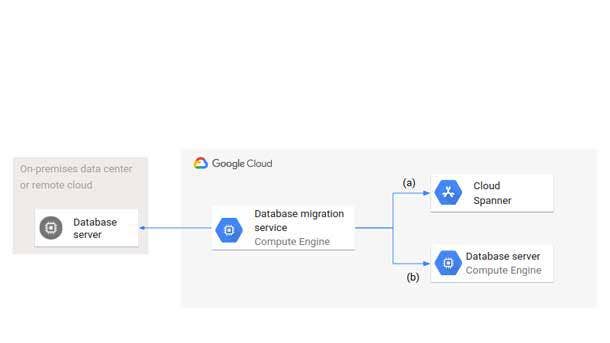
Database Migration Service
Google Cloud’s Database Migration Service (DMS) enables customers to more easily migrate their data to Google Cloud. It helps them lift and shift their MySQL and PostgreSQL workloads from on premises, Google Compute Engine and other clouds into Cloud SQL, Google Cloud’s fully managed database service. Google Cloud also plans to launch support for Microsoft SQL Server, which now is in preview.
Users can start migrating with a few clicks. The serverless DMS, which became generally available in March, streamlines networking workflows, manages the initial snapshot and ongoing replication, and provides a status of migration operations. The continuous data replication allows for fast cutover and minimal database downtime, according to Google Cloud.
DMS supports multiple secure, private connectivity methods to protect data in-transit. And after it’s migrated, all data is encrypted by default, and Cloud SQL provides multiple layers of security.
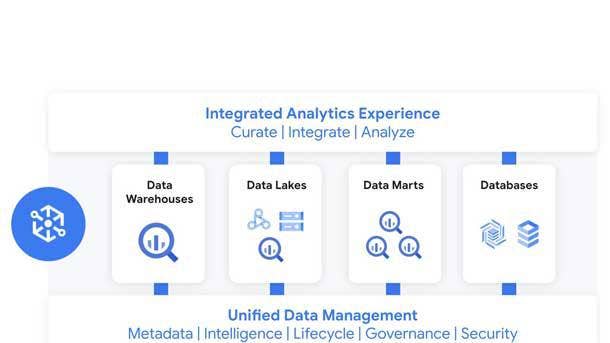
Dataplex
In preview since April, Dataplex is an intelligent data fabric that allows organizations to centrally manage, monitor and govern their data across data lakes, data warehouse and data marts with consistent controls. It makes the data securely accessible to a variety of analytics and data science tools.
Dataplex provides unified, metadata-led data management through a single pane of glass, and centralized security and governance for global control with distributed ownership. The integrated analytics experience allows organizations to rapidly curate, secure and analyze data at scale, and features built-in data intelligence using Google’s AI/ML capabilities, which automate data discovery, metadata harvesting, life cycle management and data quality to reduce management costs. The open platform includes support for open-source analytics tools such as Apache Spark and Presto. Unified governance enables standardization and unification of metadata, security policies, governance and data classification for consistency across data services.
Google Cloud launched Dataplex, which is built for distributed data, with initial support for data stored in Google Cloud Storage and BigQuery, with support for other data sources to follow.
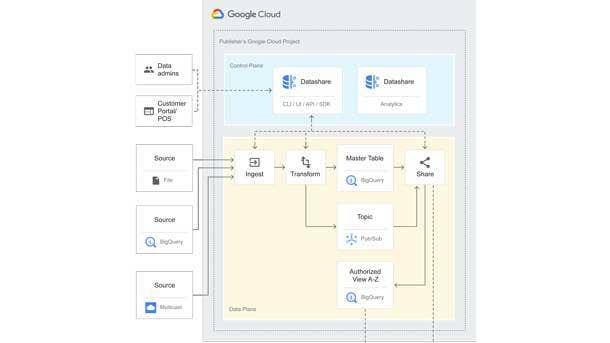
Datashare
Datashare, which became generally available in May, is a financial services solution for licensed market data discovery, access and analytics on Google Cloud. The open-sourced offering allows data publishers, aggregators and consumers to exchange and monetize licensed datasets on Google Cloud securely, quickly and easily.
Datashare provides three ways for users to distribute and consume data: a batch data delivery mechanism for reference, historical tick and alternative market data sources via BigQuery cloud-based delivery; real-time data streaming for rapidly changing instrument prices, quotes, orders and news via Pub/Sub; and onboarding licensed datasets to Google Cloud by making them available through the Google Cloud Marketplace. Users can consume data as a service in tools of their choice, such as BigQuery, Google Cloud’s serverless, multi-cloud data warehouse.
The benefits for data publishers include no longer having to maintain their own delivery and licensing infrastructure, and being able to easily package and deliver granular data products and experiments with SQL. Data consumers get data that’s ready for analysis and ML, and they don’t have to maintain extract, transform and load pipelines.
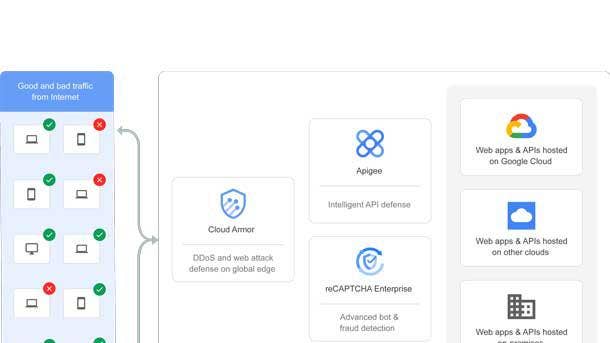
Google Cloud’s Web App And API Protection
Google Cloud’s Web App and API Protection (WAAP) is a security solution launched in April that’s designed to provide comprehensive fraud and threat protection for web applications and APIs, and to help ensure availability and compliance. It’s based on the same technology that Google uses to protect its public-facing services from web application exploits, DDoS attacks, fraudulent bot activity and API-targeted threats.
Google Cloud’s WAAP provides protection across clouds and on-premises environments. It combines three Google Cloud products: Google Cloud Armor, which is part of Google Cloud’s global load-balancing infrastructure, provides defenses against DDoS and application attacks and offers a rich set of WAF rules; Apigee, Google Cloud’s API management platform that provides API lifecycle management capabilities with a heavy security focus; and reCAPTCHA Enterprise, which provides protection from fraudulent activity, spam and abuse such as scraping, credential stuffing, automated account creation and exploits from automated bots.
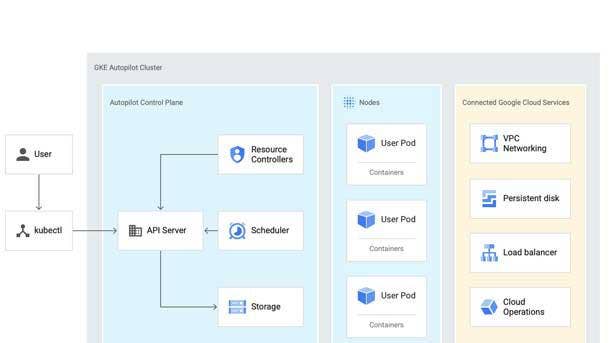
GKE Autopilot
Google Kubernetes Engine (GKE) is Google Cloud’s fully managed Kubernetes service, and GKE Autopilot is a mode of operation in GKE that’s designed to reduce the operational cost of managing clusters, optimize clusters for production and yield increased workload availability.
Introduced in February, GKE Autopilot provisions and manages clusters’ underlying infrastructure, including nodes and node pools, providing an optimized cluster with a hands-off experience. Users don’t have to monitor the health of their nodes or calculate the amount of compute capacity required by their workloads.
GKE Autopilot supports most Kubernetes APIs and tools. Users can remain within GKE without having to interact with the Compute Engine APIs, command line interfaces or user interface, because the nodes aren’t accessible through Compute Engine as they are in GKE Standard mode.
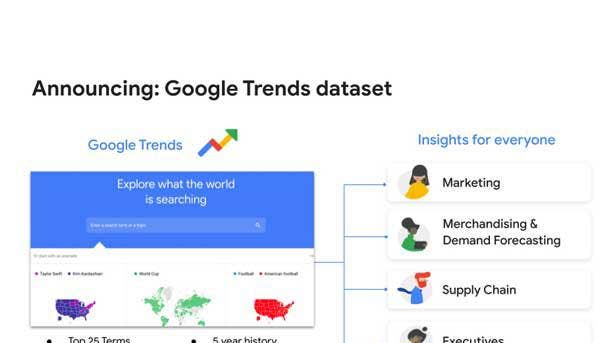
Top 25 Google Search Terms In BigQuery
Late in June, Google Cloud announced it was previewing a new public dataset for Google Trends that would bring Google-owned Google Search data into Google Cloud Datasets for analysis through BigQuery or other business intelligence tools.
Google previously had limited access to Google Trends data to the Google Trends website, which requires manual processing to export the underlying dashboard data to derive additional analytical insights. The BigQuery dataset allows users to measure interest in particular topics or search terms across Google Search, from around the United States to the city-level. It also will be available soon in Analytics Hub.
In the initial preview, Google Cloud will provide popular trending terms through Google Cloud Datasets. The dataset will surface the top 25 stories and top 25 rising queries for the United States in a BigQuery dataset that can be accessed from the Google Cloud Marketplace. The top stories are the most searched topics for the day in the United States, while the top rising queries are search terms that have surged in popularity over the past day. Google will segment each term by Nielsen’s Designated Market Area — 210 distinct locations — and by the week, and it will provide a historical backfill over a rolling five-year period.
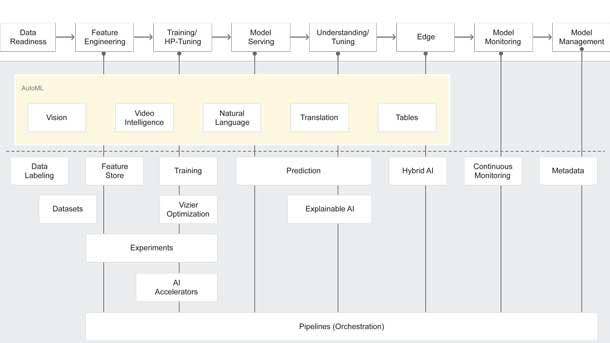
Vertex AI
Vertex AI is designed to help developers more easily build, deploy and scale ML models faster with pre-trained and custom tooling options within a unified AI platform.
The managed platform, which became generally available in May, combines AutoML and AI Platform in a unified API, client library and user interface. It requires nearly 80 percent fewer lines of code to train a model compared to competitive cloud providers’ platforms, according to Google Cloud.
Google Cloud had been working on the new product for two years to enable data scientists and ML engineers across ability levels to implement MLOps to build and manage ML projects throughout a development lifecycle. With Vertex AI, they now can access the AI toolkit that Google uses internally and which includes computer vision, language, conversation and structured data that’s enhanced continuously by Google Research.
Developers can more quickly deploy useful AI applications with new MLOps features such as Vertex Vizier, a black-box optimization service that helps tune hyperparameters in complex ML models; Vertex Feature Store, which provides a centralized repository for organizing, storing and serving ML features; and Vertex Experiments to accelerate the deployment of models into production with faster model selection. Other MLOps tools include Vertex Continuous Monitoring and Vertex Pipelines to streamline the end-to-end ML workflow.
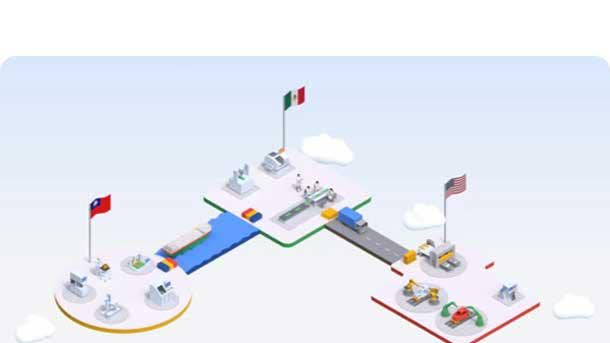
Visual Inspection AI
Visual Inspection AI helps manufacturers, consumer products goods companies and other business improve their production quality.
The manufacturing solution, purpose-built for the production environment, leverages Google Cloud’s computer vision technology to automate the quality control process. It allows users to quickly train and deploy high-precision, domain-specific, artificial intelligence (AI) models to automatically detect production defects early on — without any technical expertise required — through an intuitive user interface. Inspection models can be run on a shop floor with easily deployed Docker containers, and Visual Inspection AI is fully integrated into Google Cloud’s portfolio of analytics and machine learning (ML)/AI solutions.
Launched in June, Visual Inspection AI can create accurate models with up to 300 times fewer human-labelled images than general-purpose, ML platforms, according to Google Cloud. That’s based on pilots by its customers. The ML models can be trained using as few as 10 labelled images and will automatically increase in accuracy over time as they’re exposed to more products, according to Google Cloud, who said customers have been able to improve accuracy in production trials by up to 10x compared with general-purpose ML approaches.
Visual Inspection AI’s deep learning allows customers to train models that detect, classify and precisely locate multiple defect types in a single image. It can detect subtle defects — wrong, misplaced, missing, rotated or deformed components —
during the assembly process, and complex cosmetic defects such as dents, scratchs or cracks on any surface.